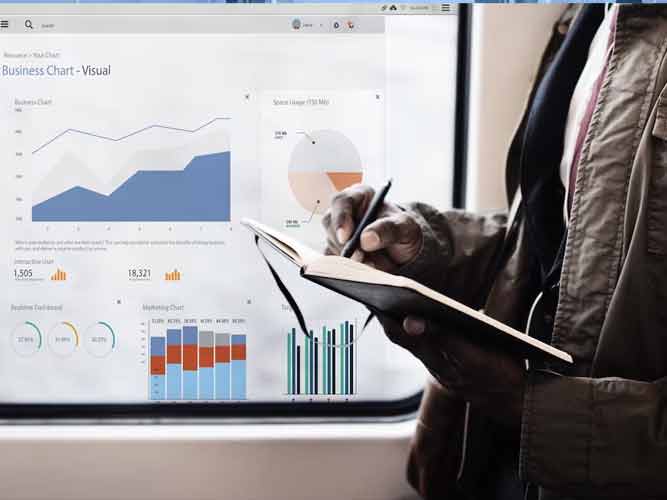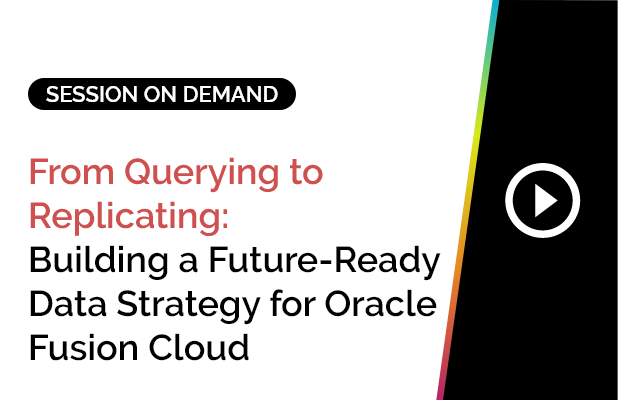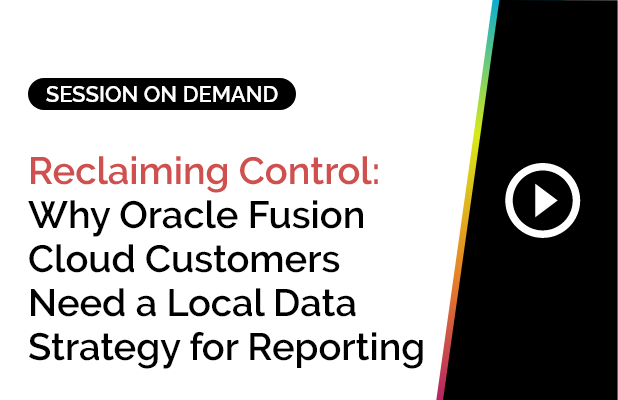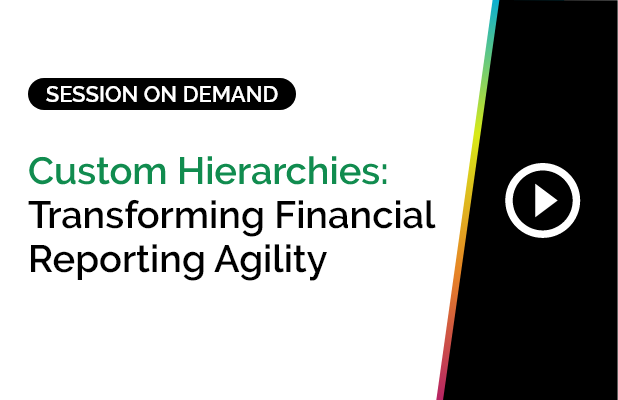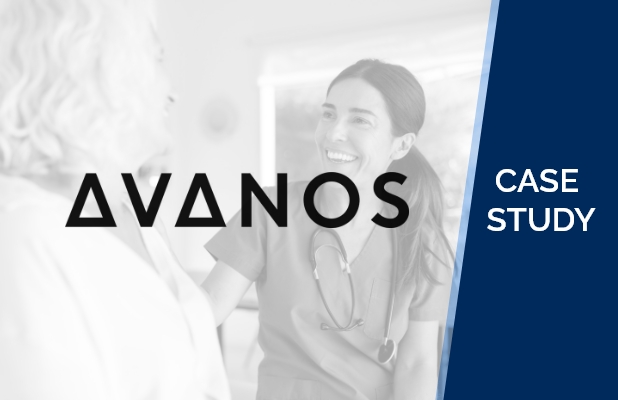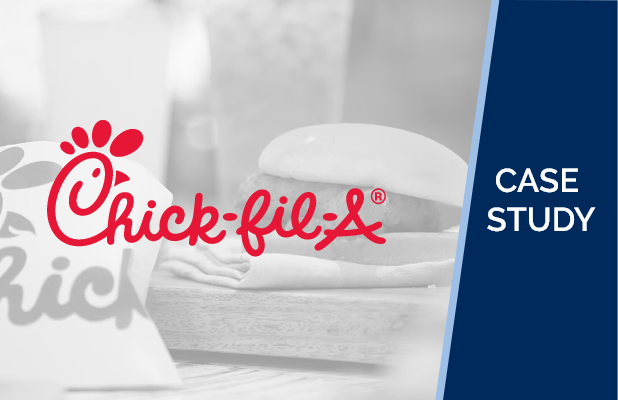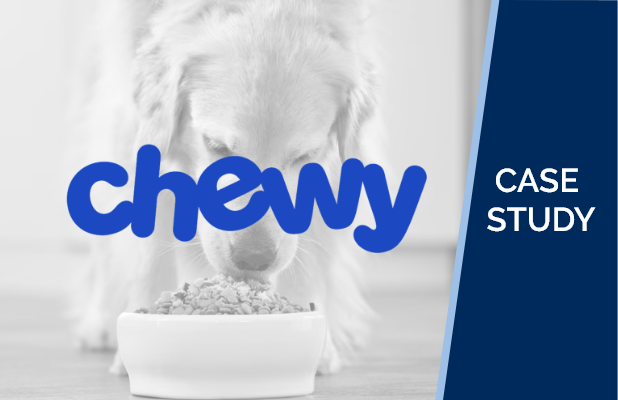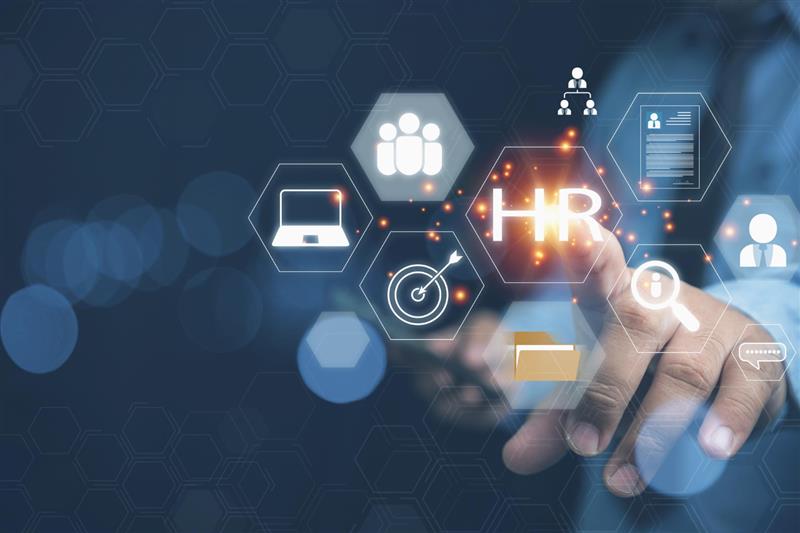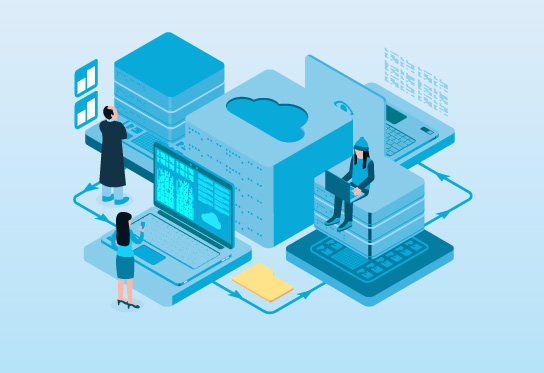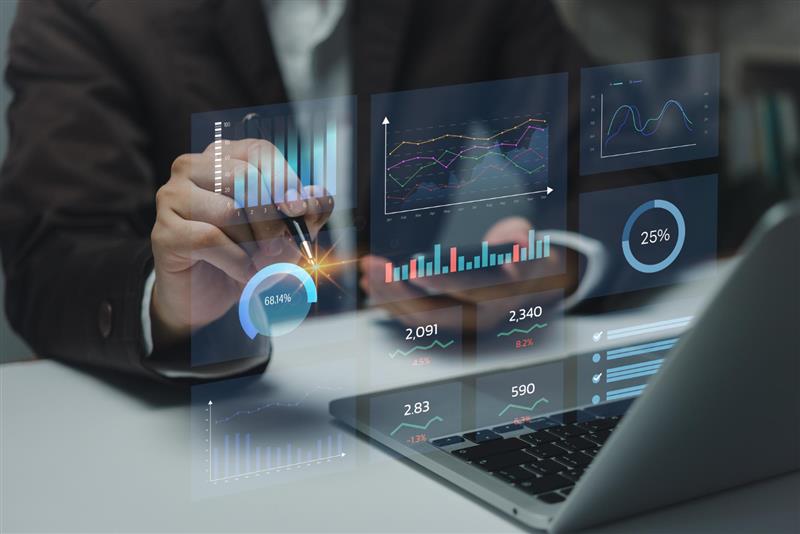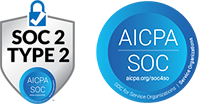Introduction
In 2025, HR will no longer be expected to be a reactive function. Data will sit at the center of every strategic HR decision. Human resources departments will shift quickly from hindsight-driven decisions to proactive, data-led strategies that anticipate and address workforce challenges before they arise. Predictive analytics for human resources will be at the heart of this transformation. It will prove to be a powerful approach that will use data to forecast and meet talent needs, anticipate turnover, and reshape employee experiences. In fact, companies that utilize predictive analytics for human resources will be 3x more likely to improve workforce planning and retention rates. In today’s guide, we deep dive into how practitioners and leaders can leverage predictive analytics for human resources to drive growth, engagement and future proof their workforce in 2025 and beyond.What Is Predictive Analytics for Human Resources?
Predictive analytics for human resources is the process of using historical data, statistical algorithms, and machine learning techniques to forecast future workforce trends and outcomes. In simple terms, it enables HR teams to anticipate challenges like employee turnover, recruitment needs, and skill gaps before they happen — giving organizations the power to act early and strategically.How Is Predictive Analytics for HR Different from Traditional HR Reporting?
Traditional HR reporting focuses on descriptive analytics — understanding what happened in the past. Metrics such as headcount, employee satisfaction scores, and turnover rates provide valuable insights, but they are reactive and retrospective. Traditional HR reporting focuses only on understanding what happened in the past. Metrics like headcount, employee satisfaction index, or turnover rates, while meaningful, were only reactive and retrospective. On the other hand, predictive analytics shines a light on “what could happen next”. It brings to light answers such as:- Which employee is likely to resign in the next 6 months?
- Which skills will be in high demand based on company’s business priorities?
- How will workforce demographics evolve over the next 3-5 years?
Why Savvy HR Leaders Are Adopting Predictive Analytics for Human Resources in 2025
In a world shaped by hybrid work models, economic shifts, and evolving employee expectations, staying ahead requires more than just reacting to problems. It demands foresight. Predictive analytics for human resources gives employers and HR leaders the tools to proactively shape the future of work.HR Trends Driving the Need for Predictive Analytics
1) Employee Experience and Engagement
Engaged employees are more productive, loyal, and aligned with company goals. Predictive analytics helps HR identify engagement drivers and anticipate when and why employees may disengage, allowing for early interventions that boost satisfaction and retention.2) Workforce Planning in a Hybrid World
The shift to hybrid and remote work has created new complexities in workforce planning. Predictive models analyze productivity, location-based preferences, and workload distribution to help HR leaders optimize team structures and resource allocation.3) Diversity, Equity, Inclusion, and Belonging (DEI&B)
Organizations that prioritize diversity, equity, inclusion, and belonging perform better financially and build more innovative cultures. Predictive analytics for human resources helps HR leaders identify gaps in representation. Further, it helps forecast and understand the impact of DEI initiatives.4) Skill Gap Management in a Rapidly Changing Job Market
Predictive analytics for human resources can pinpoint upcoming skill gaps based on industry trends and existing skills in the organization. This empowers HR leaders to design upskilling and reskilling programs that future-proof the workforce.Benefits of Predictive Analytics for Human Resources
1) Proactively Addressing Turnover
Predictive analytics flags employees at risk of leaving by analyzing trends in performance, engagement, and feedback. This way, HR teams are not left scrambling in reaction to exists. Predictive analytics for HR help HR teams take proactive action to improve job satisfaction, reduce turnover, and retain top talent.2) Optimizing Recruitment Efforts
Predictive analytics for human resources help streamline recruitment processes. It does so by forecasting hiring requirements. This, in turn, allows HR to prioritize talent pipeline, reduce time-to-hire, and improve the overall quality of hires.3) Identifying and Closing Skill Gaps
By continuously monitoring employee performance and industry trends, predictive analytics for human resources can highlight areas where skills may fall short in future. These insights help HR teams in implementing timely L&D (learning & development) initiatives. Ultimately, predictive analytics in human resources helps keep the workforce agile and prepared for future challenges.How to Get Started with Predictive Analytics for Human Resources
By breaking down the implementation of predictive analytics for human resources into manageable steps, HR leaders can leverage its potential to drive strategic outcomes. Here’s how to get started:Step 1: Identify Your HR Goals
Before implementing predictive analytics for human resources, it’s essential to have clearly chalked out objectives that you aim to achieve. Are you looking to reduce employee turnover? Perhaps you want to identify skill gaps? Want to improve employee engagement? Specific, measurable goals for predictive analytics for human resources will shape your project correctly and further define the predictive models that align with broader business objectives.Step 2: Gather and Clean HR Data
Data accuracy directly impacts the quality of insights. You should start by collecting and consolidating data from various HR systems and touchpoints. Be sure to include performance reviews, engagement surveys, as well as employee feedback platforms among other tools. Crucially, data cleansing is a critical step in the process. Raw data can be inconsistent, so make sure you clean and standardize your HR data sets before applying predictive analytics on it.Step 3: Invest in the Right Tools and Platforms
Invest in predictive analytics tools that are designed specifically for human resources use cases. One such example is SplashBI for HR, which offers dashboards and analytics features. These features allow HR teams to visualize trends, identify patterns, and generate forecasts.Step 4: Start Small
Starting small can help with a more sustainable adoption of predictive analytics for HR. We recommend choosing any one key HR goal, say turnover prediction or recruitment optimization. Implement a pilot project for that area specifically. This will allow your team to test and learn before scaling the predictive analytics for HR solution across other use cases.Conclusion: Achieve HR’s Potential in 2025 with Predictive Analytics for Human Resources
Whether you are looking to reduce turnover or identify skill gaps, or even optimize hiring, predictive analytics for human resources is empowering organizations to stay competitive amid the war for talent. It improves diversity efforts, boosts employee engagement, and helps HR teams contribute more strategically to building a future-ready workforce. As businesses and HR teams start to navigate the new demands of the workforce and workplace in 2025, those leveraging predictive analytics for HR will lead the way.Ready to adopt predictive analytics to sharpen your HR strategy?
Discover how SplashBI for HR can help your team predict, plan, and perform at the highest level.

